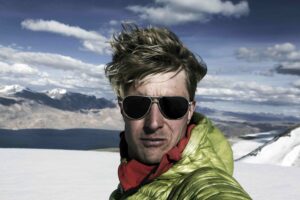Matilda Söderlund is one of the world’s most accomplished sport climbers. With her 2019 ascent of The Elder Statesman in Germany’s Frankenjura, she became one of the few women in history to have achieved the French 9a grade, which marks the entry point into international-level sport climbing. She’s bouldered to an extremely high standard, being one of only a handful of women to have climbed V13. She has also climbed 8b+ sport routes onsight, with no prior knowledge – an equally impressive feat. Beyond these achievements and the world-class training regime that underpins them, there’s a fiercely intelligent and quietly determined human being, focused not just on her progress as an athlete but also on using her profile as an adventure sportswoman to promote the benefits of the outdoor lifestyle to a wider audience. David Pickford recently spoke to Matilda at home in Stockholm about her life in the vertical, about what climbing has taught her about herself and the world, and how she sees her career evolving in the future.
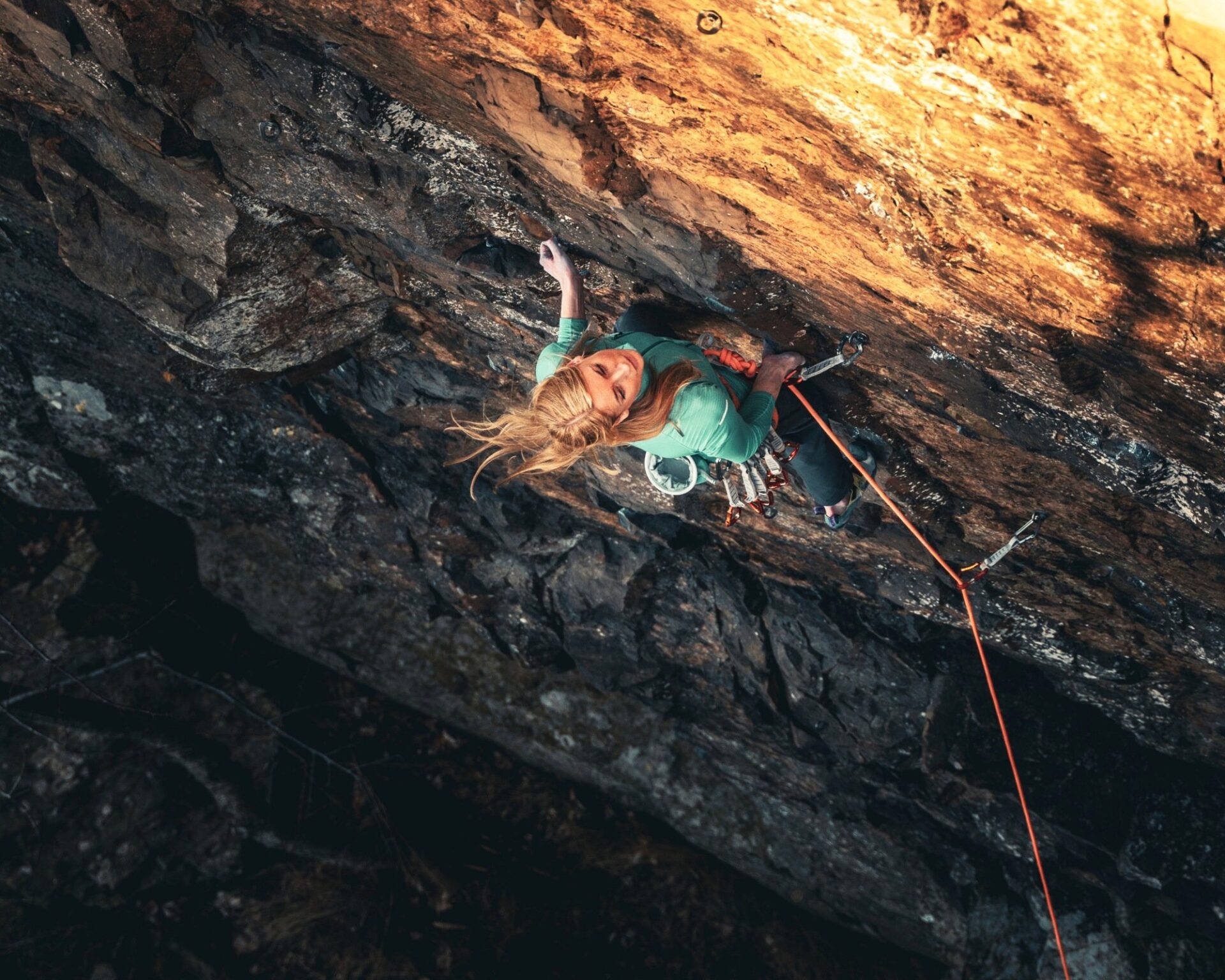
Do you remember your first encounter with climbing?
I remember it well…[laughs] it was at a friend’s birthday party in the local climbing gym in Stockholm, where I grew up. I was eleven, and the first time I stepped on the wall something just clicked; I really enjoyed the feeling of moving around in the vertical environment.
Even though you started climbing on plastic, you’ve excelled in outdoor sport climbing and bouldering. How did you make the transition?
Okay, so real rock climbing came much later. My first few years of climbing were almost exclusively indoors, and I began competing in the Swedish youth championships in my early teens. I was quite competitive as a child and really enjoyed the indoor competitions. I didn’t get outdoor climbing at first – it seemed scary and cold [laughs] – abs the he first couple of times I tried actual rock climbing I didn’t enjoy it that much, strangely enough. The style of the granite climbing we have in Sweden is really hard, very technical, and perhaps not the best way to introduce someone to the sport. When I graduated from high school I spent a month in sport climbing in Spain, and that was the first time I really enjoyed climbing on rock.
For a sport climber, climbing your first 8a is always a bit of a watershed moment. What do you remember of yours?
Yes, so I was just fourteen, and went with my dad to try this 8a called I Have A Dream on one of the local crags near Stockholm. We put the draws in, then I managed to send it on my first try, which was great. Even though it’s possibly been downgraded now, the memory of climbing it has certainly stayed with me.
What’s the best thing about living in Sweden as a climber?
Well, when it comes to training and indoors climbing facilities, Stockholm is a pretty amazing city. But if you want to climb outdoors, Stockholm isn’t the best place to live. But I like having Stockholm as my base, when I come back from a trip I have my family and friends here. I’ve chosen to live in Stockholm more for personal reasons than for climbing.
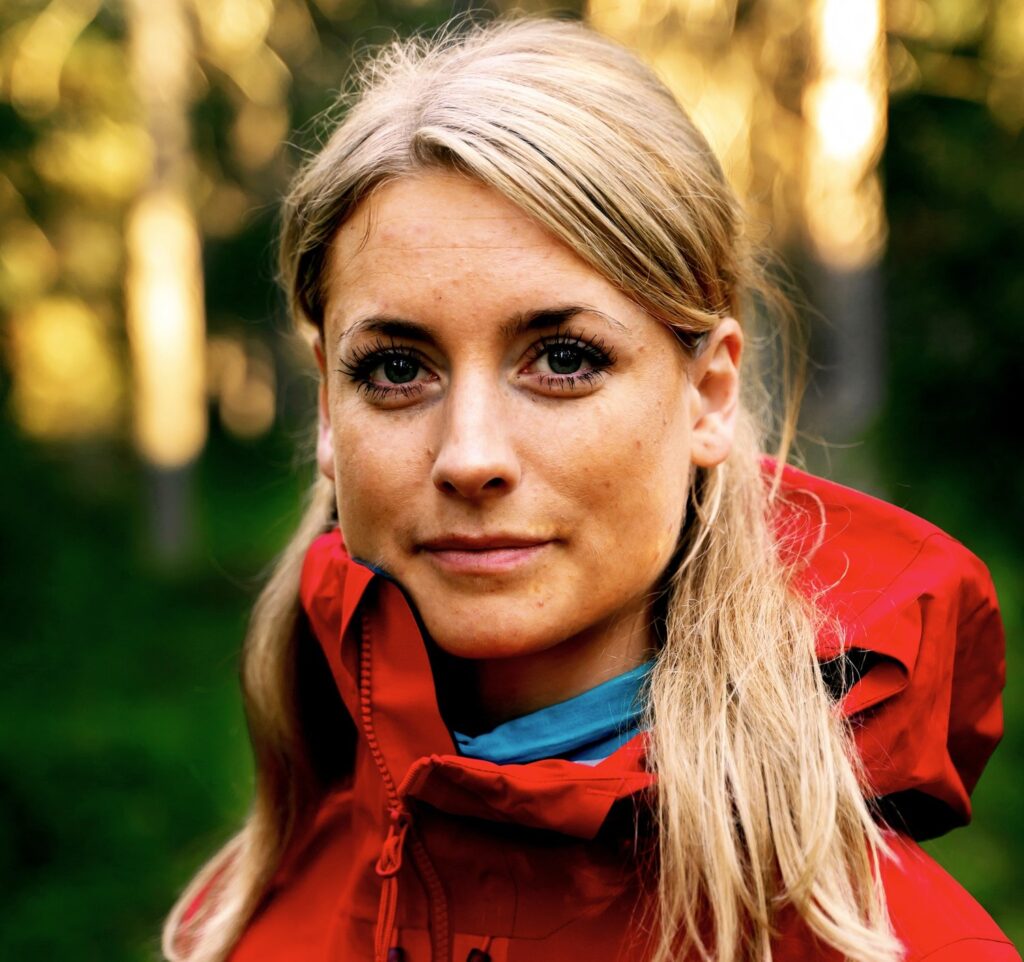
Climbing Pure Imagination showed me a great deal about why I climb. The process of climbing is much more important to me than achieving a specific route or project
You climbed Pure Imagination, an 8c+ sport route, in Red River Gorge in the USA in 2018. Was that a big moment?
Yeah, so it was really quite a journey to send that route! I made a goal to climb my first 8c+ before the end of 2018, and we were going to spend a whole month in Red River Gorge. This route is a really fantastic climb, with hard moves between some quite good rests. But redpointing this was one of the few times I’ve really messed up a project. I was passing the crux within the first few days of trying it, but I made some mistakes with my sequences and didn’t make any progress. Then it got really cold, and it was impossible to seriously try it. But finally, magically the weather slowly improved, and on the very last day of the trip I managed to send it on my first try of the day.
What did the whole process of redpointing Pure Imagination teach you?
I think it showed me a great deal about why I climb actually; about the reasons I enjoy being on the wall, exploring my own limits and what I’m capable of. The process of climbing is much more important than achieving a specific route or project, and I definitely learnt a lot about that in Red Rover Gorge.
In 2019, you became one of a very few women in the world to climb a 9a sport route with your ascent of The Elder Statesman in the Frankenjura [Germany]. It’s a super technical and sustained face climb in the notorious fingers style of the climbing in the Frankenjura region. What led to your success on this route?
I spent a lot of time in the Frankenjura in 2019, and felt I was making really good progress in my climbing. I knew I might be capable of climbing a 9a, particularly in the Frankenjura as the style there really suits me. When we arrived, it had been raining for almost a month and almost everything was wet, but The Elder Statesman was one of the few things that was dry as it’s on a free standing pillar – so doesn’t suffer from any seepage. It’s a super beautiful route, with really interesting moves, and there’s nowhere you can really rest as soon as you step on the wall.
I made good progress on it and quickly did the easier 8c+ version, without the hard boulder problem start… this meant I developed good fitness for it, and finally linked the whole thing.
Is trad climbing and big wall climbing something you’d like to progress into in the future?
Yes, definitely. My long term ambition with climbing is to eventually master all the disciplines. At the moment, I’m focused on mastering sport climbing and bouldering and becoming the best climber I can be in these two disciplines. This summer, I’m planning my first multipitch projects, which is an avenue I’m really excited about exploring.
Isn’t it interesting how when you try a different form of climbing, such as going from sport climbing to trad, it can almost seem like you’re doing a different sport? Mountaineering is certainly very different to bouldering for example.
Absolutely it is! It’s cool to feel like a complete beginner again. I was struggling on some relatively easy crack climbs in Sweden last summer. It’s a totally new game learning to place your own gear, too. You learn and grow a lot by trying these other forms of climbing.
You’re one of the few women in the world to have climbed a V13 boulder [Armstrong Assis in Nockeby, Sweden]. What did it take to get this done?
The boulder is close to Stockholm, and you can take the tram from the city centre to get to it. Doing this boulder problem was partly an affect of the pandemic, as in April 2020 all my planned trips got cancelled and I was in Stockholm. And I was thinking well, what should I do now? Everyone was climbing outdoors locally. I’d done very little bouldering outdoors before trying this problem – I don’t think I could go and do any V13! This particular boulder is very much my style, with tiny holds and slightly overhanging. Everything was cancelled and the world was upside down, so my friend and I kept going back to this problem. I finally I did it, after spending pretty much the whole of April 2020 trying it. I’d never had a bouldering project before, and I became quite obsessive about it. Everything makes a difference with hard bouldering, the conditions are super important, even the type of chalk you use. I fell off the last move quite a few times, and you’re not really supposed to fall there. After multiple attempts, I went back to it with some friends after about a week off due to an elbow injury, then managed to do it. Sometimes a short break like that can be good for completing a project.
Ben Moon [pioneering British climber] said that sport climbing is more satisfying than bouldering because it requires more commitment. Could you ever see yourself getting into bouldering as much as you’re into sport climbing?
For me, I think I’ll always enjoy the process of sport climbing a lot more. You put a lot of time and energy into a route, and it feels like more of a journey. There’s a lot more strategy involved in sport climbing too, as you have maybe two or maximum three goes at the project in a day. The simple fact of getting higher above the ground makes a difference, and when you get to the top it feels like you’ve reached somewhere. You spend more time of the wall when you’re sport climbing, so you have more time to think about where you are and what you’re doing.
In a 2020 interview with Gripped you said you really want to do something that matters and use climbing as a tool to make an impact. Can you explain this ambition a bit more?
Well, I’ve thought a lot about climbing as a profession. I studied economics and finance in Stockholm, and seriously thought about a career in finance after I graduated. I did lots of internships, but it was terrible! Probably the worst time of my life. And then I figured that I have this gift for climbing, and a passion for it, it’s something that comes very naturally to me. And I thought if I have the chance to follow my passion and what makes me happy that I should take that chance. If I’ve been given this gift for climbing, then I should do something useful with it. I feel that climbing could be my tool to affect other people in a positive way, in a way that’s bigger than just climbing.
I’d like to be able to inspire young people to live differently to the stereotypical lifestyle they’re often presented with, and to inspire women and girls in particular so that they can succeed in adventure sports, which have been traditionally a very male-dominated space.
Can an activity like climbing – or any adventure sport – make a difference to the world?
I’d like to think so. I think climbing as an activity helps a lot of people, it’s a form of meditation in some ways. It can also help with problems in everyday life. You enter this bubble in climbing where you don’t focus on anything else, you also spend a lot of time outside and in nature, which can be hugely beneficial. Climbing has the potential to open a lot of doors. There’s a lot of stuff you learn in climbing that you can apply to other areas in life. It’s very rewarding to try something that feels almost impossible at first, then get to the point where you can actually do it. This process can happen at any level – the reward and the satisfaction can be same on a 6a as on a 9a. From a personal perspective, climbing has helped me a lot. I think it really builds your confidence and self-esteem. You have to step outside of your comfort zone, which forces you to see what you’re capable of.
You’ve got 81k Instagram followers, is maintaining your social media presence time consuming?
Not really, I post every day but only once usually, about the climbing or training I’ve been doing, so it doesn’t take up too much time. I try to promote the benefits of climbing and generally living a healthy, outdoor life. The connectivity of social media can be problem, though – it’s a double-edged sword. And there’s a big difference between the way men and women are represented through social media, too. Imagine growing up with social media though! The negative aspects for kids in particular are so obvious.
Athletic training is a major part of life for a professional sport climber in the 2020s. What does your schedule normally look like when you’re not on a trip?
The winter of 2020-21 has been the longest consistent period of training I’ve ever done, it’s also been my most productive training cycle ever. I’ve been training six days per week, I’ve been trying to work on my power and also my endurance. I feel I’m in my best shape ever, so I’m really looking forward to putting it into action on the rock this summer.
There’s a certain culture in Scandinavian climbing of not telling others about your own achievements, which is possibly linked to the whole Jantelagen tradition in Scandinavia? Does this culture make life a professional climber difficult at times?
The culture does exist to some extent in Scandinavia. In the U.S. it’s the complete opposite, of course! It’s not that apparent in Stockholm, but in the rural areas, in the north of Sweden and Norway, it does still exist. I’ve never found it to be an issue for my own climbing life though.
What useful advice would you give to someone who’s just starting out on their journey in climbing?
I’d say the most important things are to climb as much as possible. Don’t care about grades or sending things, just try to climb as many moves and as many metres as you can. And also, even more importantly, try to have fun.
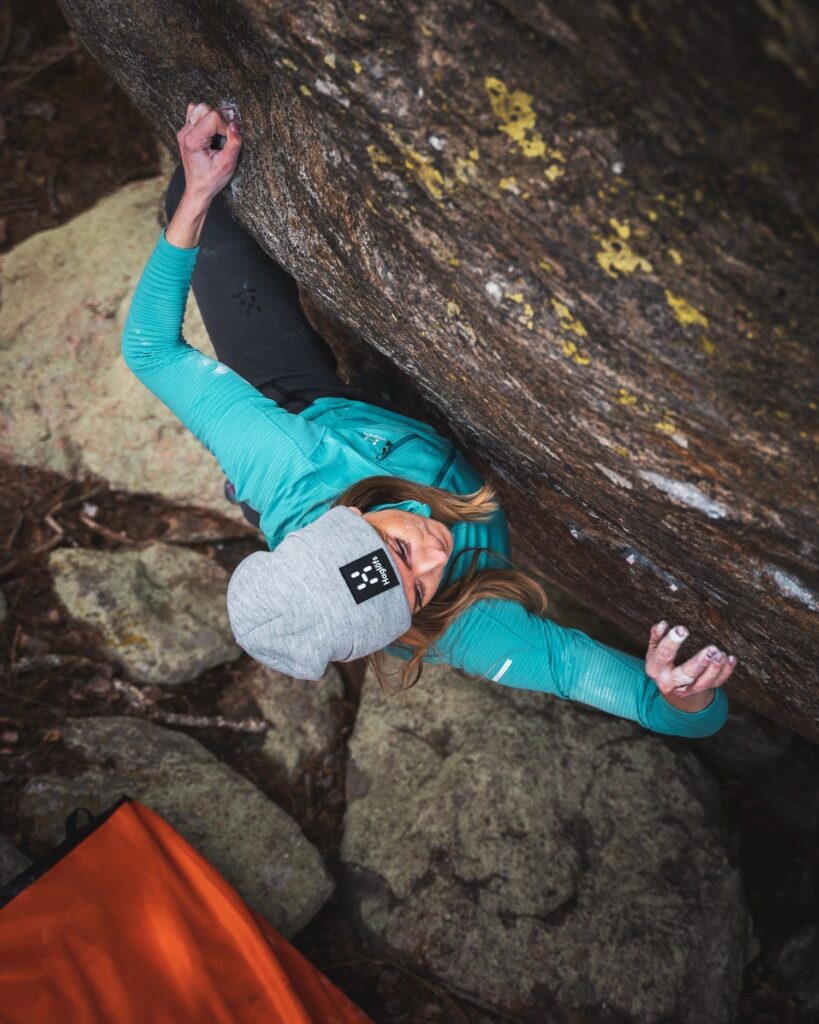
If I’ve been given this gift for climbing, then I feel I should do something useful with it. Climbing could be my tool to affect other people in a way that’s bigger than just climbing itself
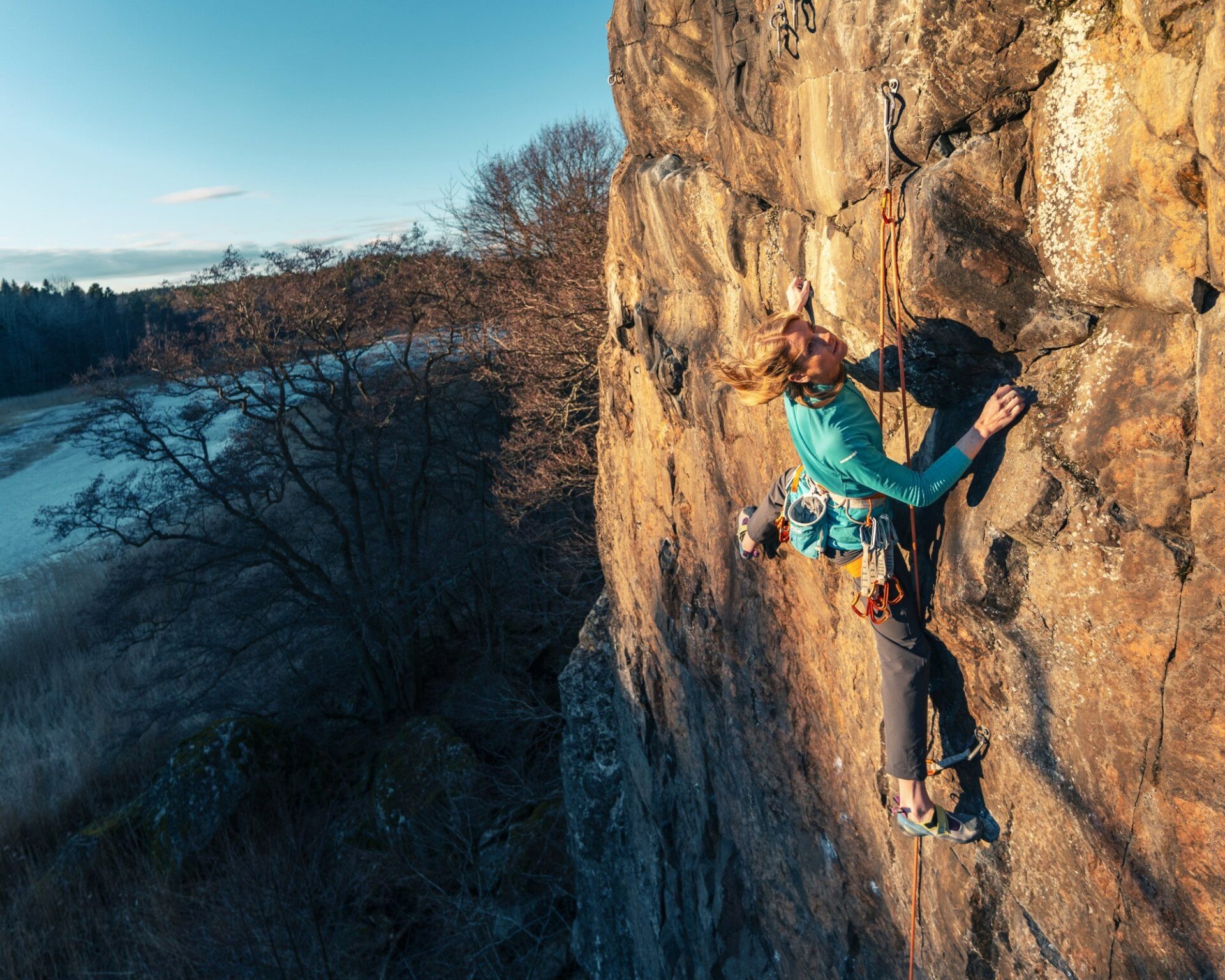
Climbing is part of the Tokyo Olympics this summer, the first time climbing has been an Olympic sport. What effects and benefits do you think this is going to have on the sport as a whole?
I think more people will discover climbing through the Olympic presence. We need more diversity in climbing, so this could be a good thing. If you look at the natural ways of moving that have become mainstream sports – running or swimming for example – climbing is also a natural form of movement. Climbing has come from this kind of counter-cultural movement, where it was a niche, rule-free sport, so it will be interesting to see how it continues its transition into a more mainstream sport. Back in the day, you came into climbing through the community of climbers you knew, but now the community is so big it’s perhaps harder in a sense for some people to get into climbing, despite the fact there are more people climbing.
What plans do have for your next big international trip?
I’m planning to go back to the Frankenjura to work on a few other projects, and I also plan to work on my first multipitch project in Switzerland this summer, which I’m really excited about.
Which figure(s) from climbing history would you most like to climb with, and why?
I’d really like to climb with Lynn Hill, as she was so influential and possibly the most important female climber in history. It would also have been amazing to climb with Wolfgang Güllich, who was an incredible pioneer of sport climbing back in the 1980s and 1990s.
Sending the hardest routes and boulder problems in the world is a time-limited activity. What do you see yourself doing in 10 or 20 years time?
My vision is to master all the disciplines in climbing, and to do more adventurous stuff whilst pushing my limits. I’d also really like to develop my own business or brand in the climbing space, which would use my knowledge of finance and business and combine it with my passion for climbing. There are very few major climbing brands founded by women.
What’s the best thing about living the life of a pro climber?
The fact that I get to do what I love for work is quite special. And having the freedom to control my own schedule is also very valuable. But most of all, climbing is a way I can explore my mental and physical limits. To be able to do this in these amazing wild places, and with some of my closest friends, is an experience that nothing else can beat.
Don’t miss a single adventure
Sign up to our free newsletter and get a weekly BASE hit to your inbox
Other posts by this author
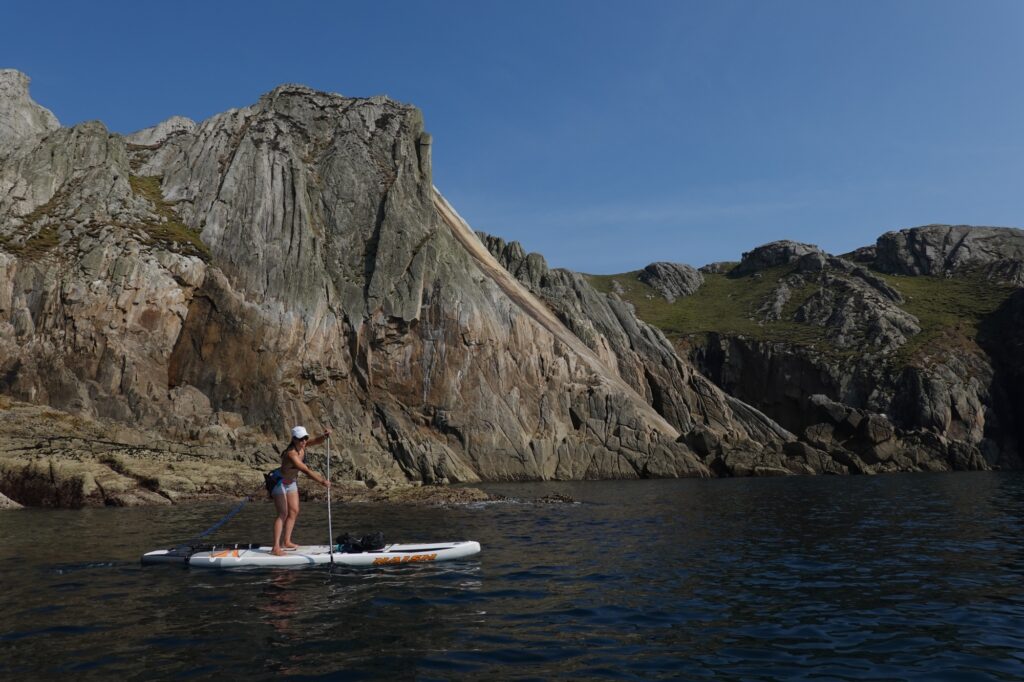
Story • David Pickford • Apr 12, 2023
West by Northwest: Lundy Island by Standup Paddleboard
An open-water SUP voyage from the north coast of Devon to the iconic island of Lundy
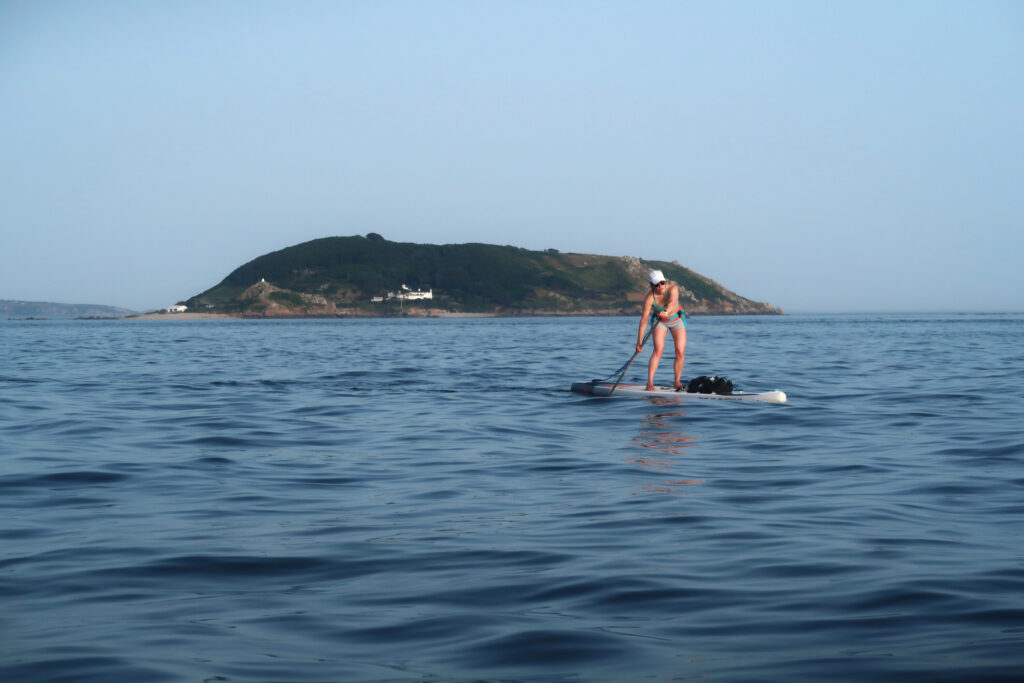
Story • David Pickford • Jul 24, 2022
Vectors in the Stream
A voyage between islands across some of the world’s strongest offshore tides
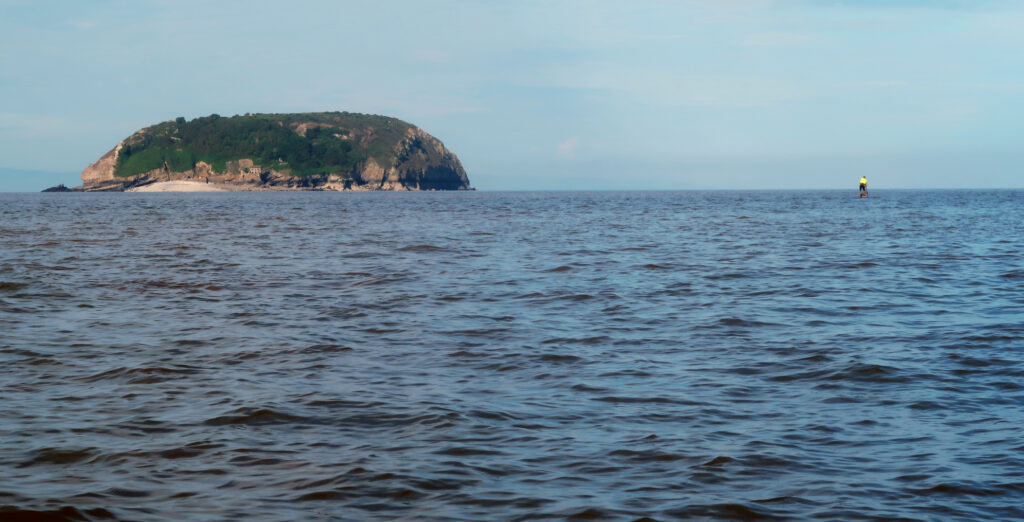
Story • David Pickford • Feb 04, 2022
Tidelands
Travels in the unexpected wilderness of the Bristol Channel
You might also like
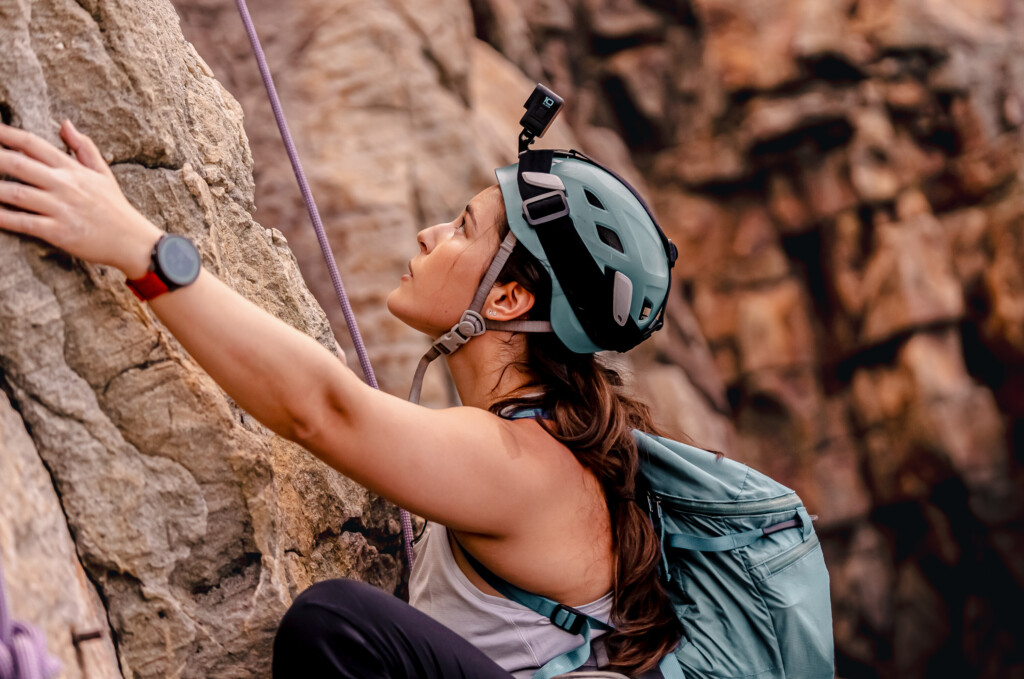
Photo Essay • BASE editorial team • Mar 18, 2024
Hunting happiness through adventure in Taiwan
BASE teams up with adventurer Sofia Jin to explore the best of Taiwan's underrated adventure scene.
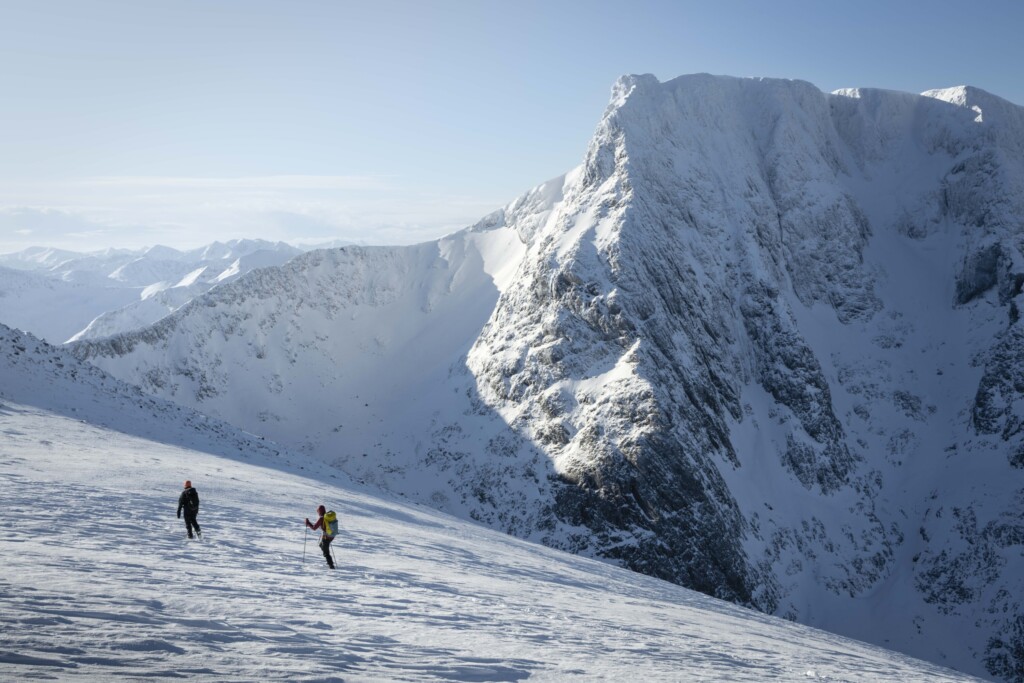
Story • BASE editorial team • Nov 21, 2023
Five Epic UK Climbs You Should Try This Winter
Craving a snowy mountain adventure? Inspired by the Garmin Instinct 2 watch (into which you can directly plan these routes), we've compiled a list of five of the best for winter 2023-24!


Video • BASE editorial team • Jul 04, 2023
Zofia Reych On Bouldering, Life And Neurodivergence
Climbing is a driving force in Zofia's life, but for a long time, it also seemed to be a destructive one
